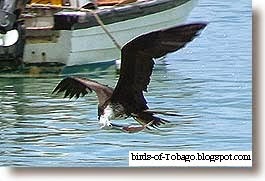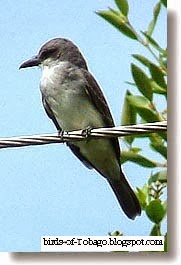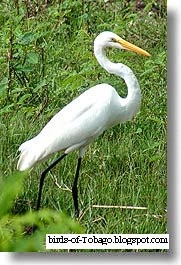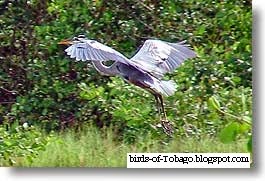 |
| Mangrove Cuckoo (Coccyzus minor) |
Order : Cuculiformes
Cuculiformes are group of birds made up of two distinct families, the Turacos (Musophagidae) made of 20 species found only in Africa, and Cuckoos (Cuculidae) containing around 127 species from around the world. The Cuckoos are an ancient group with no living near relatives, even the turacos are quite distinct with no intermediate connecting species. Cuckoos display a large variation on breeding habits as some are brood parasites, others make regular nests while others make communal nests.
Family : Cuckoos (Cuculidae)
Cuckoos, as a group, tend to be forest birds often preferring dense thickets and are more likely to be heard than seen. While Cuckoos are found on every continent except Antarctica, subfamilies are restricted to one hemisphere or the other, for example the crotphafinae is wholly new world and the musophagidae containing 20 species are found only in Africa. Many species are brood parasites. Four genera inhabit the West Indies, all tend to be sluggish and difficult to locate, but quite tame. Most cuckoos are solitary, often furtive birds being inconspicuous even when relatively common, and apart from the communal nesting Ani they do not form flocks or even small groups.
Name : Mangrove Cuckoo (Coccyzus minor)
Length : 23 - 18 cm ( 11 - 12 in )
Local Names : Rain Bird, Crow Bird, Coffin Bird
A true cuckoo, the Mangrove cuckoo, although not a shy bird, is relatively inconspicuous and far more likely to reveal it’s presence by a long guttural ga-ga-ga-ga-ga-ga-gau-gau-go, a beautiful call that cannot be mistaken. However, due to it’s preference of thicker vegetation, the Mangrove can be difficult to locate. As it’s name suggests it’s a bird of Mangrove swamp and dry scrub woodland but it can also be seen in areas of secondary vegetation. Unlike some species of cuckoo, the Mangrove cuckoo is not parasitic, and lays ( 2 - 3 ) light bluish green eggs in it’s own nest, which is usually built in thick vegetation or trees at low or moderate elevations above the ground. Distinguished from the similar Yellow-billed cuckoo by a black stripe that goes through the eye to the ear covets. The throat and breast vary from whitish to rich ochraceaous, the posterior under parts always being ochraceaous. The bill is curved with a yellow or orange lower mandible and dark upper mandible, the tail broadens towards the end then tapers at the tip. The underside of the tail is black with contrasting white spots. It’s diet consist of insects, spiders and even small lizards.
#Mangrove Cuckoo #Coccyzus minor #Rain Bird #Crow Bird #Coffin Bird #Cuckoos #Cuculidae #Cuculiformes #forest birds #wetland birds #birds #birds of Tobago
Bird identification photos






























